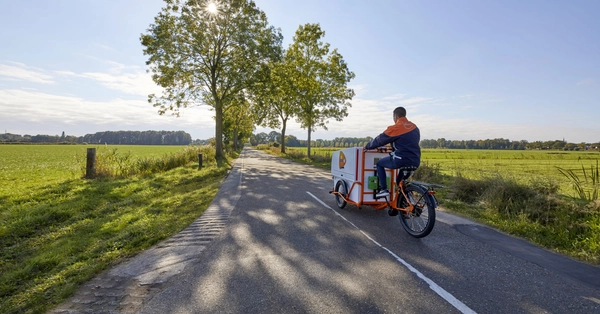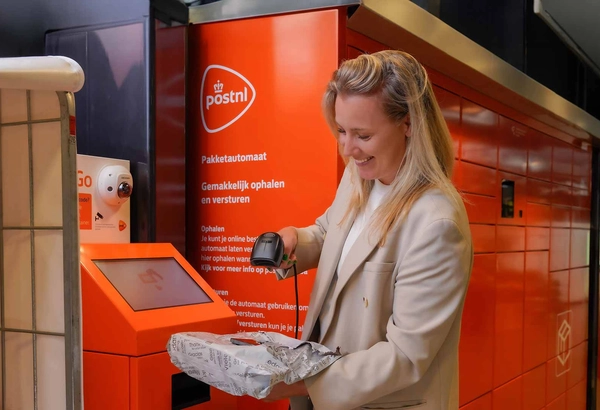How do we improve our impact on the planet?
As a major postal and parcel delivery company, we’re acutely aware of the impact we can and do have on the world around us. Every day, we connect thousands of people through mail and parcels.
With our network of locations, vehicles and people, we are in every street, every day, and have been a familiar sight for years. That’s why we take responsibility for everything we do. Our goal? To reduce our carbon emissions are much as possible across all our operations. With our science-based targets, we are well on our way to achieving net-zero by 2040.

Net zero by 2040
Ambitious plans require concrete targets. That's why we link numbers and dates to our sustainability approach. So that we can clearly see whether we’re on track. And so can you.
We aim to reduce our carbon emissions by 45% by 2030. By 2040, we want to reach net-zero, which means we’ll have reduced our carbon emissions by 90%, resulting in almost no negative impact on the climate.
Our approach

Climate
We aim to have as little negative impact on the climate as possible. This includes not only the final leg of the journey to your door, but also all the kilometres before that. That’s how we contribute to the Paris Agreement.
Liveability
We’re aware of the impact we have on your neighbourhood. That’s why we aim to deliver with minimal impact on the living environment, protecting nature as much as possible in the process.
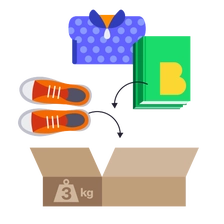
Circularity
In a sustainable society, we must be more conscious of the resources we use. That means less waste and more recycling. We aim to make a significant contribution to the transition to a circular economy.

“I believe it is important that we take steps regarding people and the environment. Sustainability is embedded in our business strategy. We set ambitious targets for ourselves and communicate transparently about our results.”
Pim Berendsen, CEO PostNL
How is our approach assessed?
Our sustainability policy and results are reviewed annually. We consistently receive high scores according to benchmarks in the areas of people, environment, and good governance. Take a look at some of our certificates and benchmarks here. Or visit the page with the complete overview of our concrete results.
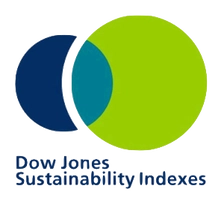
Dow Jones Sustainability Index
The Dow Jones Sustainability Index (DJSI) assesses companies on economic, social and environmental criteria. In the logistics and transport sector, we ranked sixth globally as of December 2024. We even received the highest score in our sector for environment and climate.

Carbon Disclosure Project
Every year, we share our initiatives and achievements to limit our environmental impact with the Carbon Disclosure Project. Since 2022, we have been on their A-list of organisations most committed to combating climate change.
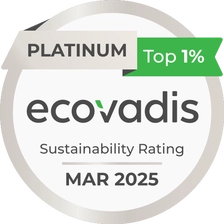
EcoVadis Sustainability Rating
EcoVadis assesses companies on their CSR performance. They evaluated our environmental policy, labour practices, fair business practices and sustainable procurement. According to EcoVadis, we are in the top 1% of all companies in our sector.
What else we’re doing for society
Focusing on our employees through good employment practices
Sustainability for us is not just about the environment. We also focus on people and society. We aim to be a good employer for everyone working with and for us. With 33,500 employees and more than 100,000 business customers, we are at the heart of society. We take this role seriously. That’s why we want everyone to feel able to be themselves. Curious about how we do this?
Supporting people through the Special Moments Fund
The PostNL Special Moments Fund works together with charities and social organizations to create more connections in society. Our employees pay attention to the neighbourhood and local residents. With various projects we provide support to people who could really use it.
